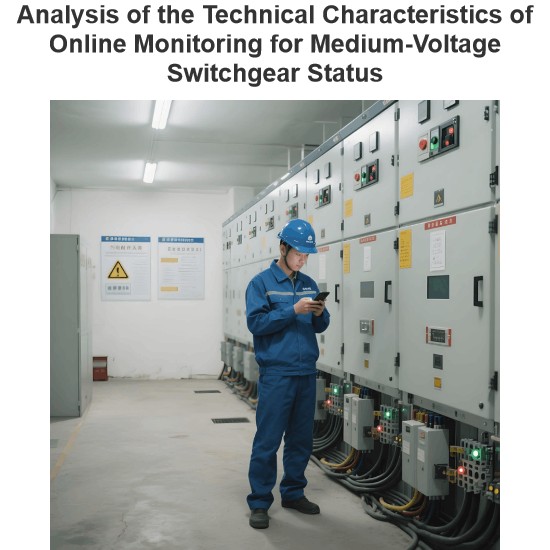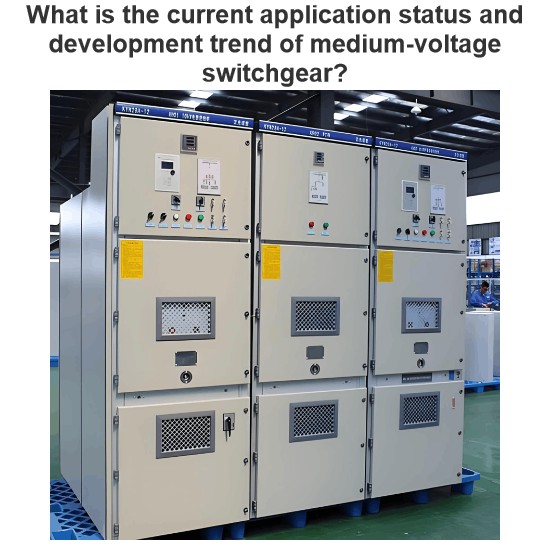Digital Fault Recorders (DFR) monitoring method for switchgears

Digital Fault Recorder (DFR) System for Circuit Breaker Monitoring
The Digital Fault Recorder (DFR) system is designed to record current and voltage oscillograms during every circuit breaker switching operation. It captures data for a time period of approximately three to five seconds around the moment of switching. Once collected, this data is transmitted to a server, where specialized software conducts in - depth analysis. This monitoring approach can be implemented in any switchgear equipped with a DFR, provided that the DFR can be properly programmed to trigger and store data from each switching event.
The information gathered by the DFR system can be archived to document the following critical aspects:
- Electrical Phenomena: The occurrence of prestrikes, re - ignitions, and restrikes during switching operations, which are essential for understanding the electrical behavior and potential stress on the circuit breaker.
- Timing Parameters: Key operation timing metrics that help in evaluating the performance and coordination of the circuit breaker within the electrical system.
- Operation Classification: The number of operations categorized as fault - related, normal load - carrying, or no - load, offering insights into the operational history and usage patterns of the circuit breaker.
- Arcing Energy: The cumulative amount of arcing energy, represented by I^2T, which is crucial for assessing the wear and tear on the circuit breaker contacts.
- Resistor Functionality: The proper functioning of the pre - insertion resistor, ensuring its correct operation during switching sequences.
When the protection signal is directly available in the DFR or can be accurately correlated by the analysis software, the current and voltage oscillograms enable the precise evaluation of the arcing time and the make time per pole. This detailed information is invaluable for assessing the performance and reliability of the circuit breaker.
However, several factors can impose limitations on this monitoring method. These include the characteristics of current transformers (CTs), voltage transformers (VTs), and other sensors; the potential saturation of CTs; the sampling rate (ranging from 1 kHz to 20 kHz); the network configuration; the type of electrical load; the design and specifications of the circuit breaker; as well as the storage capacity of the DFR and the format of the stored data.
The following picture illustrates the system architecture of the circuit breaker monitoring system that employs the DFR method.













